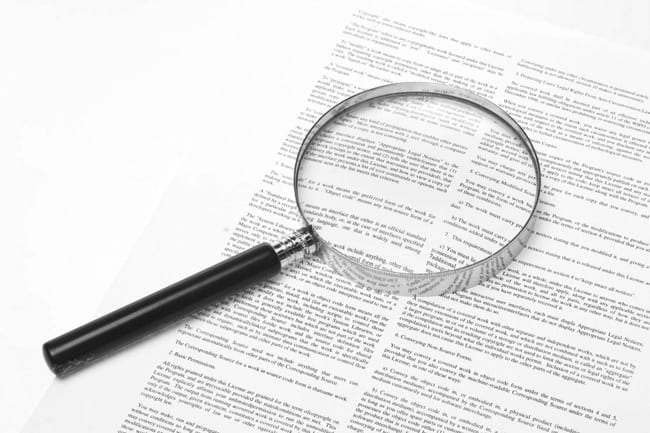
More than 2,000 Electronic Settlements and Counting
March 1, 2022
What is Consolidation?
May 4, 2022A caveat is an ex-parte (single party) dealing registered on a title or group of titles that shows the valid interest of that party (the caveator) in the land. The word “caveat” means warning. The practical effect of a caveat is to indefinitely prevent subsequent dealings on the title either without the permission of the caveator or at all.
Common examples of caveats are:
- Purchaser’s caveat. On this caveat the transferee(s) claim their interest as the future proprietor(s) of the property. This caveat will automatically lapse when the transferee(s) Transfer is subsequently registered.
- Chargee’s caveat. If the proprietor(s) of the land have borrowed money from a lender, and the terms of the loan agreement include granting the lender a charge over the land, then the lender can caveat the land as a chargee. The caveat enables the lender to ensure that their loan is repaid at settlement if the land is sold or transferred to another party. This caveat is explicitly withdrawn at settlement.
- Mortgagee’s caveat. If the proprietor(s) of the land have borrowed money from a lender and executed a mortgage agreement, then the mortgagee can caveat the land as an alternative or a precursor to registering their mortgage. Unlike a registered mortgage, a mortgagee’s caveat does not enable the mortgagee to possess the land (and sell it) if the borrower defaults on their loan, but only ensures that the loan is repaid at settlement if the land is sold or transferred to another party, similar to a chargee’s caveat. This caveat is explicitly withdrawn at settlement.
- Beneficiary’s caveat. A beneficiary of a trust (either actual or implied) in dispute with a trustee who is the proprietor(s) of the land may caveat it to prevent their interest not being properly dealt with at settlement. This type of caveat can be used in family law disputes by a partner who does not own the land. This caveat is also explicitly withdrawn at settlement.
When a caveat is registered, the proprietor(s) receive a letter from Land Use Victoria advising of the caveat’s details. Sellers of land commonly receive these when a purchaser’s caveat is registered.
If a dealing is lodged on a title that has a caveat registered on it, the caveator receives a letter from Land Use Victoria advising of the nature of the lodged dealing and the Registrar’s intention to register the dealing after 30 days unless prevented by an order of a court. If a caveator wants to prevent the lodged dealing from being registered, they will have to go to a court within 30 days to obtain the order.
On the other hand, a caveat can be lodged where the caveator will allow a specified dealing to be registered by giving written consent to it beforehand. If granted, the caveator’s consent accompanies the lodgement of the dealing, and Land Use Victoria will register the dealing immediately.
For more information about caveats, please contact Glenferrie Conveyancing in Northcote on 03 9815 2351.






